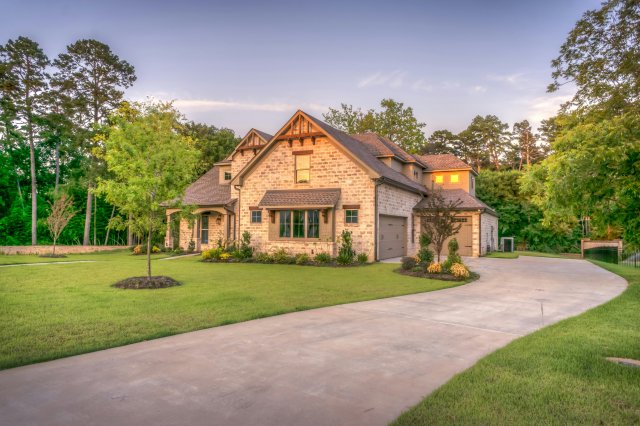What to Fix Before Selling Your Home — And What You Can Skip
The pre-sale rush hits hard. Suddenly, every scuff mark, creaky hinge, and wild patch of grass feels like it could sabotage your offer. But here’s the truth: most buyers don’t want perfection—they want signals of care, safety, and functionality. If you direct your energy at the right details, you’ll make a bigger impact with less effort. This isn’t about transforming your home. It’s about making it easier for someone else to imagine living there.
Start With the Curb Appeal That Matters
Before they even step inside, buyers are building their story. You can shape that narrative without ripping up the yard or blowing thousands on new siding. Start by cleaning the entry, trimming hedges, and planting something that lasts. Swapping annuals for drought-hardy natives near the sidewalk can add color and texture while lowering upkeep. Keep the house numbers clear. Frame the front with life, not clutter. It’s less about the lawn being perfect, and more about it feeling intentional.
Fix the Leaks
No buyer wants to wonder what's happening behind the walls. A leaky faucet isn’t just annoying; it signals bigger unknowns. Plus, even slow drips add up so repair leaky faucets to save water and show you’ve maintained the small stuff. If your toilet runs or the under-sink pipes are crusted with buildup, tighten them up. Replace cracked switch plates and clean up any scuffed baseboards while you're at it. These small moments stack up fast in the buyer’s memory. Subtle signs of maintenance can outshine flashy upgrades.
Consider Function First in the Kitchen and Bath
Renovating the whole kitchen? Not necessary. What does matter is that every cabinet opens without resistance. Every drawer glides. Buyers will pull, tap, open, and nudge—and you want those interactions to feel smooth. It immediately makes your kitchen feel solid and cared for. In bathrooms, regrout where needed. Clean the fan covers. Swap any bulb that flickers. These rooms carry emotional weight in a showing—they’re where people imagine daily life.
Don’t Let the Water Heater Be the Dealbreaker
The inspector’s going to look. If your water heater looks ancient, rattles when it runs, or has sediment build-up, expect questions. But you might not need to replace the whole thing. Instead, focus on the internal systems—components of water heater parts like anode rods, pressure valves, and burner assemblies can often be swapped to extend its life and avoid last-minute renegotiations. A quiet, clean, and functional water heater says, “This home’s been looked after.” That speaks louder than paperwork.
Prioritize Flooring and Paint
You don’t need to refinish everything. But you do need flow. If your hardwood has dulled in heavy traffic spots, consider a targeted buff and coat hardwood floors rather than giving them a full sanding. Clean transitions between rooms matter more than trendy colors. And if the walls show kid-height smudges or years of framed art outlines, a light repaint can reset the space. Stick to neutral tones with warmth. This isn’t about expressing personality—it’s about creating a clean slate someone else can project onto.
Give the Inspector Nothing to Flag
You know that home inspection’s coming. And buyers will listen to it closely. So why hand them easy negatives? One of the quickest trust builders is making sure your HVAC runs clean—start by cleaning clogged HVAC filters first. Replace them before showings and again before inspection day. Label your breaker box if it’s unclear. Tighten railings. Test all smoke detectors. These aren’t cosmetic—they’re credibility markers. And credibility gets offers.
Don’t Overspend Where It Won’t Matter
There’s a trap here—thinking the more you spend, the more you'll make. Not true. You don’t need a new deck, built-in firepit, or top-tier landscaping to move your home. Skip anything flashy that doesn’t serve the core buying decision. Features like turf inlays, koi ponds, or massive paver projects usually won’t recoup the cost—skip extravagant outdoor upgrades and stick to clean, usable space. Save your budget for what gets noticed in the walkthrough and flagged in the report.
Selling a home isn’t about making it flawless. It’s about making it feel ready—solid, simple, safe. Focus on the updates that say, “you won’t have to worry about this.” Let the rest go. Buyers aren’t looking for perfect. They’re looking for peace of mind.
Join the Best Garden Sites community to grow your green thumb, unlock personalized planting guides, and transform your outdoor space into a thriving oasis.

